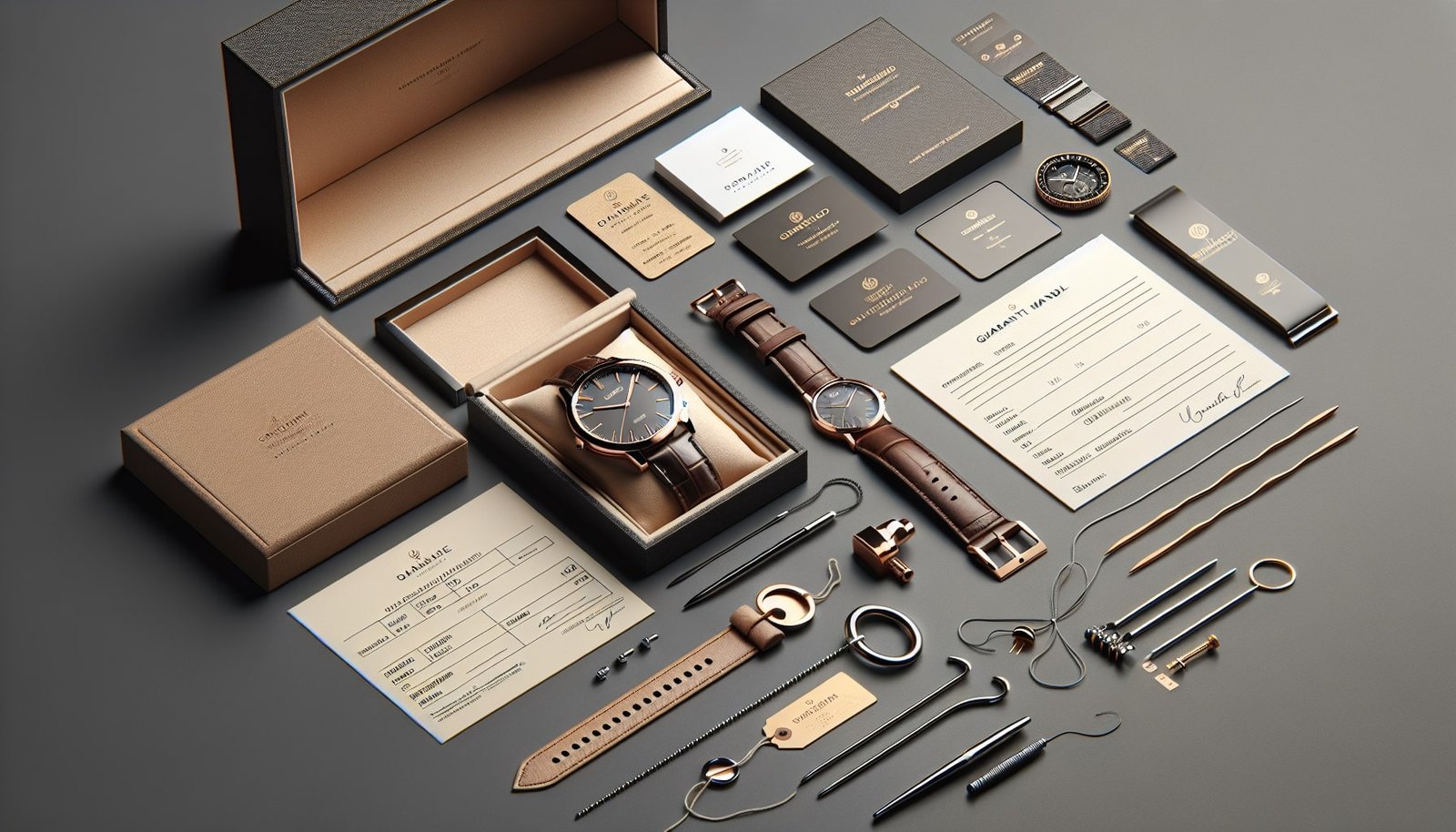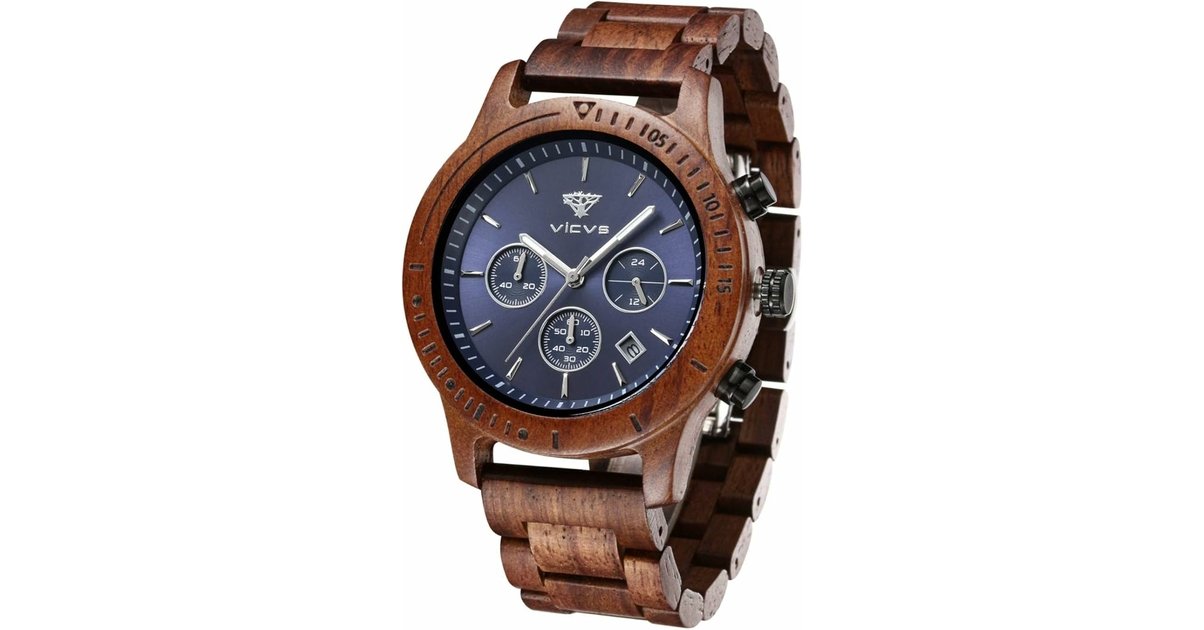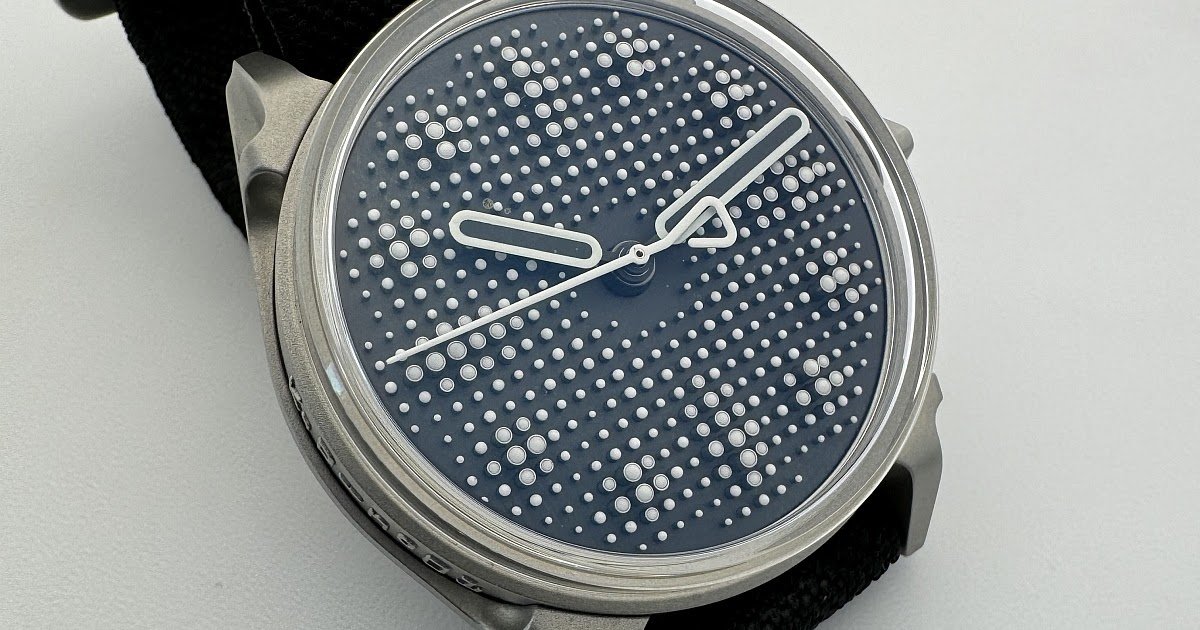Table of Contents
Exploring the World of Watchmaking at HOF’s Competence Centre
Watchmaking is an intricate art that requires precision, patience, and dedication. To become a great watchmaker, one must learn from a great teacher, and I had the opportunity to visit a great watchmaking school – HOF’s Competence Centre in La Chaux-de-Fonds, Switzerland.
Meeting with Founder and Instructor
While visiting Switzerland, I reached out to Henry Coppola, the founder and instructor of the core pillar at HOF’s watchmaking school that teaches students from all over the globe. We took a six-kilometer walk to the watchmaking school, and along the way, we saw the iconic building of Gruber 4c manufacture.
Touring the Facility
Upon arriving at the facility, we met with Henrik, who is a nice and humble person that gave us a tour of his entire facility. We began the tour in the machine room where students learn the basics of drilling, milling, and lathe work. The room houses a jig boras, a serie f1 milling machine, a show Berlin lathe, and a pantograph.
Understanding Precision in Watchmaking
Henry explained the functionality of the jig bore and its critical role in watchmaking. He explained that the displacement of the pad on the machine is highly precise, and the acquisition is guaranteed to be accurate. The machine works with small units of measurements called microns, which are a thousandth of a millimeter.
When asked about an ideal resolution for watchmaking, Henry said a hundredth of a millimeter is most commonly used, but the precision is now getting higher and higher, especially with the use of CSE machines, so the standard is now 1000.
Choosing Calibers in Watchmaking
Henry mentioned that students get to choose the caliber they work with since he runs a private school. Some students work on other products like restoration projects. He recommends ETA 6498, a robust and good movement to learn from, or vintage Omega caliber 269. Some students make their own movements from scratch.
Measuring for Watchmaking
Henry explained that students use the same machine to measure for drilling jewels precisely. They can use a microscope to identify the holes’ positions and note them down on a sketch or software like Fusion 360, AutoCAD 2D, or Inventor. It’s a personal preference for the student.
Working with Jig Bore
Henry explained the functionality of the jig bore machine and its cool feet. The machine is small and not meant for heavy milling, but students use it for drilling and cutting. The spindle’s maximum speed is 3000 rpm, and for drilling small bits, it operates at lower speeds.
Fascinating World of Watchmaking
Visiting HOF’s Competence Centre was an eye-opening experience of the fascinating world of watchmaking. From the intricate mechanisms to the precision and patience required, it takes a special kind of person to become a great watchmaker. I left with a newfound appreciation for the art and the dedication required to master it.






